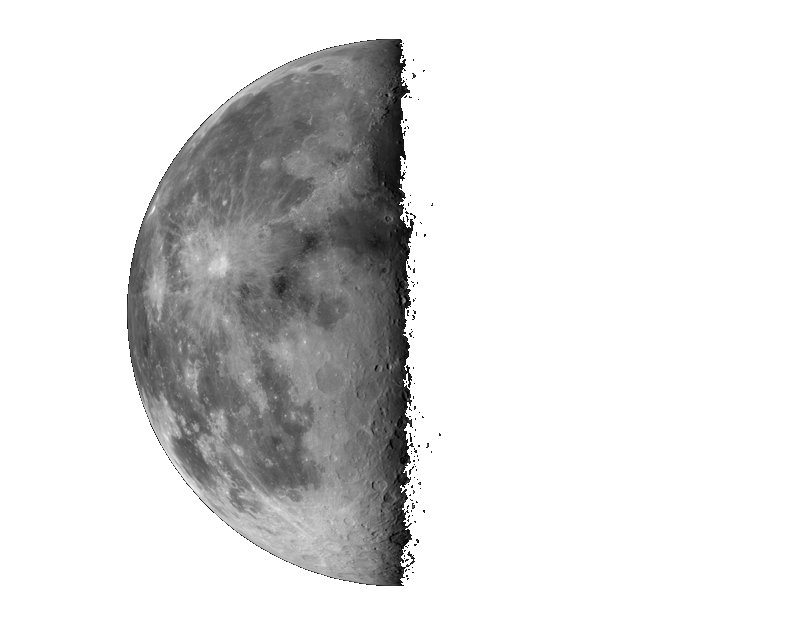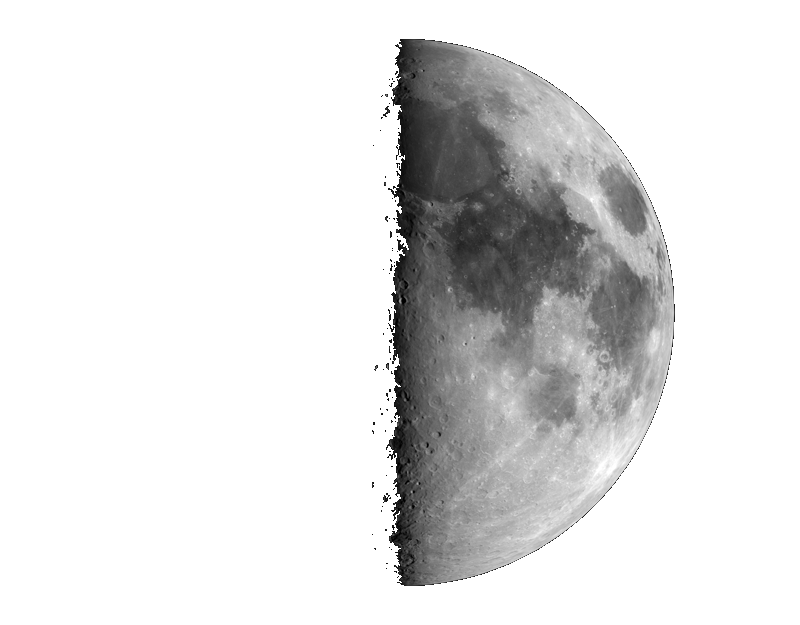Contact Us
- Address: Réservations par internet seulement
- Email: infoSPAMFILTER@spaceobs.com
- Phone: No telephone
- Cellphone: No telephone
- Website: www.spaceobs.com
Next moons
21-04-2025  | 27-04-2025  |
04-05-2025  | 12-05-2025  |
Sponsors


This page should permit you to print sky maps for the latitude of San Pedro de Atacama, or any other place on Earth with an approximate latitude of -23° south.
How to use these maps:
For each "map", I made several. One for each cardinal point (north, east, south, west), and one for the zenith. If you print only one map, print the zenital one. These maps have been made with the PRISM software, written by Cyril Cavadore and published here with the kind permission of the author.
In order to use them, the idea is to look in the correct direction, and try to identify the main stars in that sector. If you don't know your orientation, in Chile, the Andes are in the east, and the ocean in the west... In order to identify the constellations, it is easier to start with an easy to recognize constellation (one with bright stars), and then identify the other constellations around it, and learn the sky little by little.
Some basic informations about the rotations of the sky:
Earth rotates on its axis (compared to the sun) in 24 hours. During the night, stars rotate, rising in the east and setting in the west. When you want to observe the sky, you need a map for that time (another way to say this is that the sky at 20h00 is very different from the sky at midnight). So select the map closer to your observing time.
But Earth rotates around the sun, and each night is not in the same place as the night before. There are 365 days per year, and each day, the Earth moves roughly one degree (365 days ~ 360°). Since we progress around the sun night after night, we have the impression the stars make a little bit more than a rotation every night. The stars rotates in 23 hours, 56 minutes and 4 seconds. This change of 4 minutes per day amounts to one hour every 15 days, or 2 hours per months. So the sky at a given date at midnight, is the same as the following month at 22h, or the following month at 20h.
In order to have more universal pages, I decided no to include the planets in the maps. Since planets do move in the sky, I would have had to maintain these pages every month.
There are 5 planets visible to the naked eye. Mercury, Venus, Mars, Jupiter and Saturn. Mercury and Venus, rotating around the sun inside the orbit of the Earth, are always close to the sun, in the evening or in the morning. Mercury is rarely visible, and Venus, when visible, is a very bright star, visible in the west in the evening or the east early in the morning. Mars is most of the time far from the Earth, appears like an somewhat orange "star". When Mars is near the Earth, it becomes quite bright, and its orange color is quite noticeable. Jupiter is a quite bright "star" (the second brightest object after Venus, and of course after the Moon and the Sun). Saturne is for a beginner the hardest plant to identify in the sky. Its color, nor its brightness make it peculiar, it looks like a somewhat yellowish star. If you see a bright start in the sky which is not on these maps, it is very likely a star. The safest way in order to identify with certainty a planet is to download a planetarium program and plot yourself the map of the sky you want.
I arranged in the following table the maps according to the month and the time of your observation.
| Jan 15th | Feb 15th | Mar 15th (*) | April 15th | May 15th | June 15th | July 15th | Aug 15th | Sept 15th | Oct 15th (*) | Nov 15th | Dec 15th |
| 20h | 20h | 20h/19h | 19h | 19h | 19h | 19h | 19h | 19h | 19h/20h | 20h | 20h |
| 22h | 22h | 22h/21h | 21h | 21h | 21h | 21h | 21h | 21h | 21h/22h | 22h | 22h |
| 24h | 24h | 24/23h | 23h | 23h | 23h | 23h | 23h | 23h | 23h/24h | 24h | 24h |
(*) At mid March and mid October we change to winter/summer time. Therefore in the beginning of the month, the first time is correct, then the second, eventhough in practice, the maps at the beginning of the month and the end should be slightly different.
Other quick note, in December and January here, the sky is still bright. I printed these maps in a size which I believed was correct. If you feel they should be larger, let me know.
21-04-2025  | 27-04-2025  |
04-05-2025  | 12-05-2025  |

